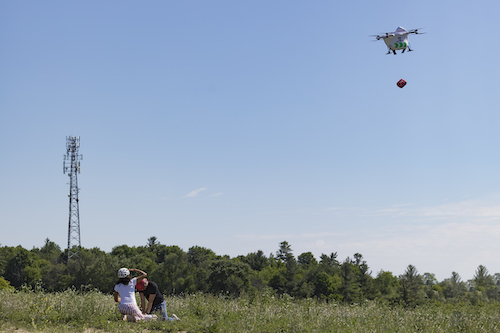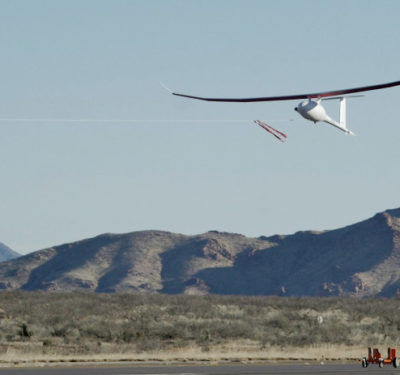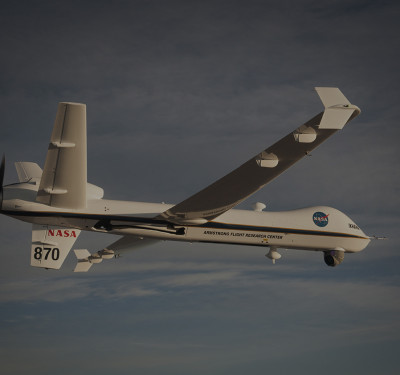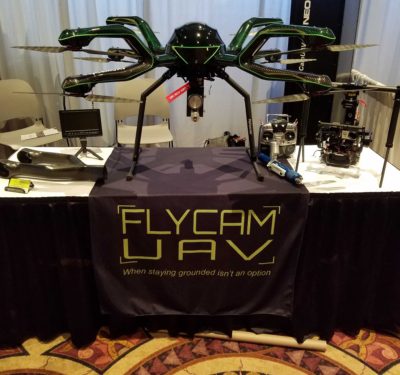 During a cardiac arrest, time is critical. Victims need immediate medical attention, but if they’re in a remote location, it may be too late by the time the ambulance arrives. Sending a drone with an Automated External Defibrillator (AED) ahead of the ambulance gets help to the scene faster, and that could save lives.
During a cardiac arrest, time is critical. Victims need immediate medical attention, but if they’re in a remote location, it may be too late by the time the ambulance arrives. Sending a drone with an Automated External Defibrillator (AED) ahead of the ambulance gets help to the scene faster, and that could save lives.
Through the On The Fly Project, Drone Delivery Canada (DDC) is deploying its Sparrow UAS in simulated situations to see how it can reduce response times. The company, working with Peel Region Paramedics and Sunnybrook Centre for Prehospital Medicine, recently completed phase two of the study.
During phase 1, which concluded about a year ago, the goal was to prove a drone could arrive on-scene before the ambulance, allowing a bystander to begin using the AED, DDC President and CEO Michael Zahra said. The team set up a DroneSpot at an EMS station in a rural area, with the Sparrow being dispatched following mock 911 calls. The drone demonstrated it could beat the ambulance to the scene, showing how it can be beneficial in emergency situations, particularly in rural communities.
Phase two, which was completed last month, was more about human interaction during a simulated stressful situation, Zahra said. At DDC’s test range, lay people walking at three separate locations made simulated 911 calls after discovering a mannequin representing a cardiac arrest patient.
Once the operator took all the relevant information, the Sparrow flew to the scene. On arrival, the drone reduced altitude to drop the AED, with an alarm signaling the drop. In phase 1, the drone had to land to deliver the AED, which took a little more time.
“We wanted to see the human factor of how somebody responds to a drone approaching them in the field and the siren sounding as the drone gets ready to drop the defibrillator,” Zahra said. “We wanted to see how they interfaced with the drone and dispatch.”
A cell phone was attached to the AED, Zahra said, with directions on how to FaceTime with an operator, who provided guidance on using the defibrillator. The bystanders had to retrieve the AED once it was dropped, open the package and give the initial shock. The entire process, from call to shock, took about 4 minutes, but that time will vary depending on how far the drone is from the scene. In this case is was about a kilometer.
“Phase two of our research was truly a success. Our previous research within our rural community suggested the need to optimize the simplicity of AED use once delivered by a drone to the site of a cardiac arrest,” said Dr. Sheldon Cheskes, associate professor at the Department of Family and Community Medicine at the University of Toronto and the program’s principal investigator, in a news release. “Today we were able to markedly improve the speed of drone descent, the ability to accurately drop a protected AED from a drone at a safe height but most importantly see first-hand the benefits of technology that guides the first responder through the application of an AED after being released by the drone in a simulated cardiac arrest scenario.”
These factors, he said, “strengthen the likelihood that not only may drones decrease time to first AED shock in rural and remote communities but the fear of AED use can be minimized by real-time interaction between a first responder and trained personnel demystifying the use of AEDs during cardiac arrest.”
Zahra expects phase three of the project to be completed later this year or next spring. That round of testing will likely include multiple predetermined locations in a rural town. As mock 911 calls come in from one of these remote locations, of which there could be tens or hundreds, the Sparrow will deploy with the AED and then lower and drop the cargo once arriving on scene.
Zahra sees the Sparrow being used to carry other emergency aid—such as EpiPens, insulin pens and snake bite kits—that can be quickly delivered to people in remote locations. While it’s difficult to say when these types of deliveries might become mainstream, such services will likely be rolled out in phases. One community will start using drones in this way, expand the project, and then other communities will start doing the same. This phased deployment could happen as early as next year. National parks are among the areas that could benefit from such deliveries, whether the drone is carrying AEDs or other emergency aid.






